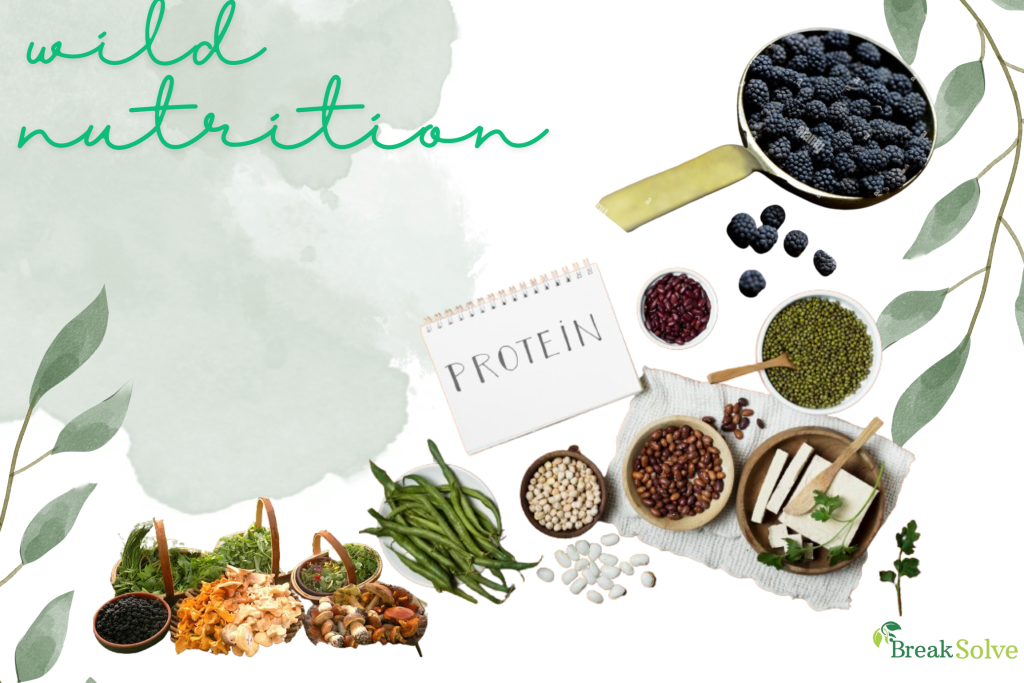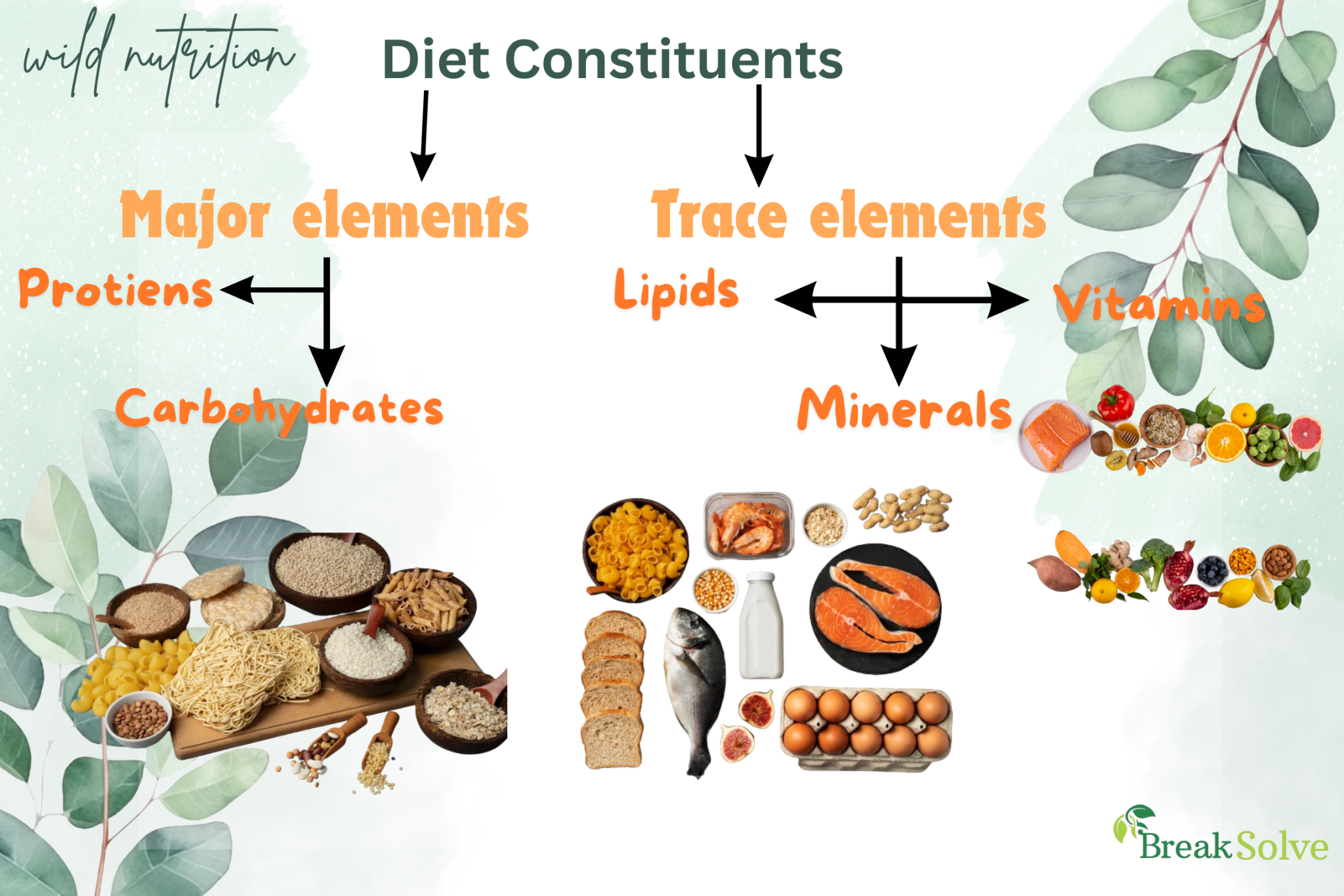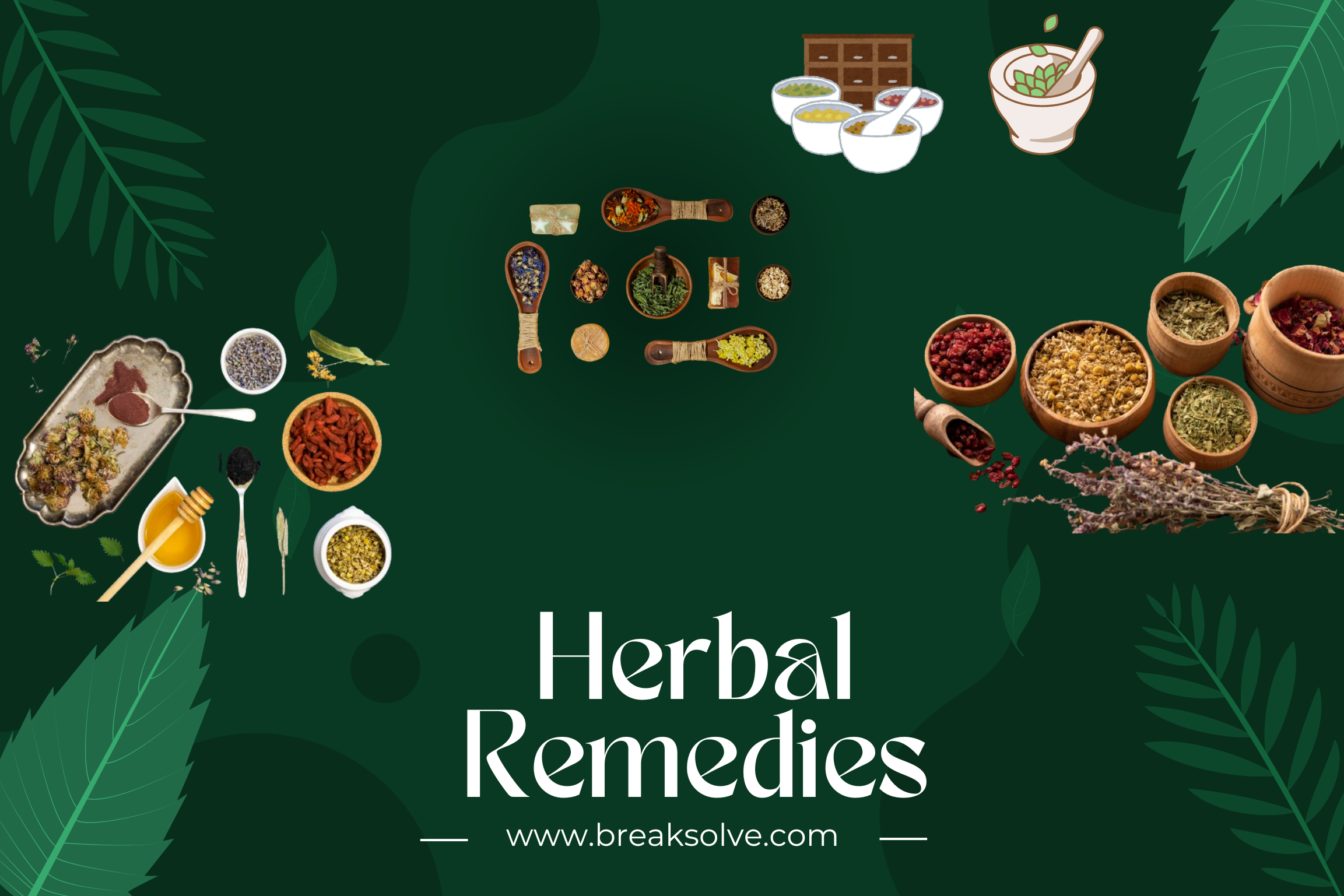In today’s fast-paced world, where processed foods and synthetic supplements dominate our diets, there’s a growing movement back to the basics: wild nutrition. This concept, rooted in consuming natural, unprocessed foods directly from nature, offers a myriad of health benefits. In this article, we delve into the essence of wild nutrition, its benefits, and how to incorporate it into your daily life.

What is Wild Nutrition?
Wild nutrition refers to obtaining nutrients from wild, unprocessed sources. This includes plants, fruits, nuts, seeds, and animal products that are foraged or hunted in their natural environments. Unlike cultivated or farmed foods, wild foods grow without human intervention, ensuring they are free from pesticides, fertilizers, and genetic modifications.
The Benefits of Wild Nutrition
Nutrient Density
wild blueberries contain higher levels of antioxidants compared to farmed blueberries. These nutrients are crucial for combating oxidative stress, reducing inflammation, and promoting overall health.
Richer Flavors
Foods found in the wild tend to have more robust and diverse flavors. This is because they grow in varied environments and adapt to different soil types and climatic conditions. The result is a richer culinary experience that can enhance your meals without the need for artificial flavorings.
Environmental Sustainability
Foraging and hunting for wild foods promote sustainable practices. It reduces the reliance on large-scale agriculture, which often leads to deforestation, soil depletion, and water pollution. By opting for wild nutrition, you contribute to the preservation of ecosystems and biodiversity.
Connection to Nature
Engaging in wild nutrition encourages a deeper connection to nature. Foraging and hunting require knowledge of the local environment and its flora and fauna, fostering a greater appreciation for the natural world. This connection can lead to improved mental well-being and a more mindful approach to eating.
The Essence of Wild Nutrition
At its core, wild nutrition is about seeking out foods and supplements that are as close to their natural state as possible. It’s about consuming nutrients that have been minimally processed and are free from artificial additives. The philosophy behind wild nutrition is grounded in the belief that the most potent and beneficial nutrients are those that have been nurtured in rich, fertile soils and harvested at their peak.

Incorporating Wild Nutrition into Your Diet
Foraging
It can include picking berries, mushrooms, herbs, and edible greens. Before you start, educate yourself on local edible plants and their look-alikes to avoid consuming anything toxic. Joining a local foraging group or taking a class can be a great way to learn.
Hunting and Fishing
Wild game and fish are excellent sources of lean protein and essential fatty acids. Hunting and fishing not only provide these nutritious foods but also promote a more active lifestyle. Ensure you follow local regulations and practice ethical hunting and fishing to maintain wildlife populations.
Gardening with Wild Plants
If foraging and hunting aren’t feasible, consider incorporating wild plants into your garden. Native species often require less maintenance and water compared to exotic plants. This approach allows you to enjoy the benefits of wild nutrition right in your backyard.
Buying from Local Markets
Many local farmers’ markets offer wild or minimally cultivated foods. These markets are excellent places to find wild herbs, mushrooms, berries, and other foraged items. Buying from these sources supports local economies and ensures you get fresh, seasonal produce.
Wild Nutrition for Different Life Stages
Wild nutrition isn’t a one-size-fits-all solution. It recognizes that nutritional needs vary across different life stages and circumstances. For instance, the nutritional requirements of a pregnant woman are vastly different from those of an athlete or an aging individual. Wild nutrition provides tailored support that aligns with the body’s specific needs, helping to maintain balance and optimal health.
Recipes Highlighting Wild Nutrition
Wild Berry Smoothie
Ingredients:
1 cup wild blueberries
1 cup wild blackberries
1 banana
1 cup spinach
1 tablespoon chia seeds
1 cup water or coconut water
Instructions:
Combine all ingredients in a blender.
Blend until smooth.
Serve immediately and enjoy the nutrient-packed flavors.
Foraged Mushroom Stir-Fry
Ingredients:
2 cups foraged mushrooms (e.g., chanterelles, morels)
1 bell pepper, sliced
1 onion, sliced
2 cloves garlic, minced
2 tablespoons olive oil
Salt and pepper to taste
Instructions:
Clean and slice the foraged mushrooms.
Add onions and garlic, sauté until fragrant.
Add bell pepper and mushrooms, cook until tender.
Season with salt and pepper, serve hot.
Wild nutrition is more than a dietary choice; it’s a lifestyle that reconnects us with nature, enhances our health, and supports environmental sustainability. By incorporating wild foods into your diet, you can enjoy nutrient-dense meals, richer flavors, and a deeper connection to the natural world. Embrace the power of wild nutrition and experience the transformative benefits it brings to your well-being.



